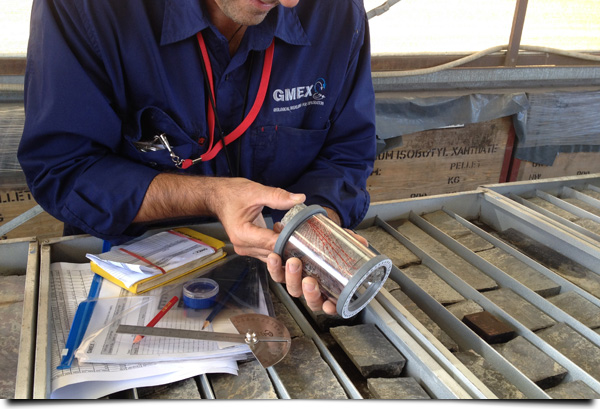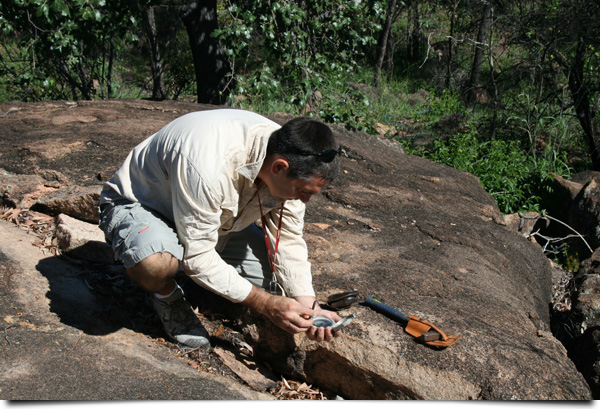Structural Analysis

GMEX can provide professional structural geology analysis and review of exploration tenements and deposits. We specialise in using various data types including mapping, structural measurements, underground and field mapping and interpretation of remote sensed data sets. We are focused on the ‘bigger picture’ and generally encourage clients to think about the structural evolution rather than simply an empirical exercise of more data collecting.
Our experience strongly suggests that combining a structural analysis with geomechanics is where the major benefits are gained. The normal process is to fully understand the geological model and structural interpretation by observing structural indicators at various scales, and use this information to investigate the potential for highlighting and locating areas of mineralisation potential. Our main focus is to identify kinematic indicators such as slicken-indicators (slickenlines, slickenfibres and slickensides) to investigate fault/shear movements and relate this to the mineralizing events. Other kinematic indicators including shear sense movements (S & C fabrics), dilational jogs and boudinage geometries, are used as diagnostic tools to better understand the deformation events.
Once kinematic indicators have been identified, these are used to understand the potential orientation of maximum principal stress. This provides a holistic view of the overall deformation and mineralisation relationship, which is critical if you are dealing with a structurally controlled deposit. All this information is then used as input parameters in the process modelling, where we investigate the role of the deformation in localising strain and fluids using geomechanical modelling techniques. We use this forward modelling to identify the 'Ore Localiser' in the upper crustal regions.
